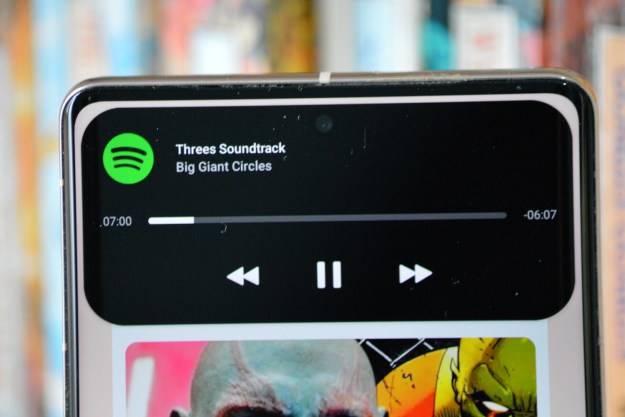If you’re deaf, hard of hearing, or simply in a situation where you can’t listen to audio, Google’s Live Caption offers a way to enjoy your content without needing sound, providing captions for videos, audio messages, and anything besides calls and video chats. Google announced Live Caption’s official availability exclusively with the Pixel 4 during its official launch on Tuesday, October 15. The company is now committing to adding the Pixel 3, Pixel 3 XL, Pixel 3a, and Pixel 3a XL to the list of compatible devices by the end of 2019.
There’s yet to be any word on if or when this feature will come to other Android devices, though it is featured as an addition in Android 10. Unfortunately, it appears that Pixel models older than the Pixel 3 will be left out — a curious omission considering the apparent ability of the Pixel 3a’s hardware to process live captions without issue. It would certainly stand to reason that a Pixel 2 could do the same.
YouTube has provided real-time captions on its videos for the past decade, but Live Captions extends this functionality to any form of content which has audio, except for phone and video calls. Powered by the company’s adept on-device processing, Live Caption doesn’t require an internet connection. This enables users to interact with their media whenever and however they’d like.
The recordings aren’t saved or archived in any way, and Google says that any data related to the captioning will never leave the device.
Google does its best to keep Live Captions nonintrusive; enabling and disabling the feature is as simple as clicking the volume button and tapping the Live Caption icon. To provide an optimal experience, Google allows users to mask any profanity the algorithm picks up, if they so choose. You can also move the on-screen captions with a simple tap and drag.
We saw a preview of this feature at Google I/O 2019, along with another speech-to-text feature called Live Transcribe. This turns your Android phone into a live transcription tool that can understand and transcribe over 70 different languages. Unlike Live Caption, Live Transcribe is currently available on all
Editors' Recommendations
- This Google Pixel 8a leak just spoiled everything about the phone
- The Google Pixel Watch 3 could steal this Apple Watch feature
- Is the Google Pixel 8’s Tensor G3 chip any good? We found out
- The Galaxy Z Fold 5 needs these 4 things to beat the Pixel Fold
- Can the Pixel Fold’s camera beat the Galaxy Z Fold 4? I found out

